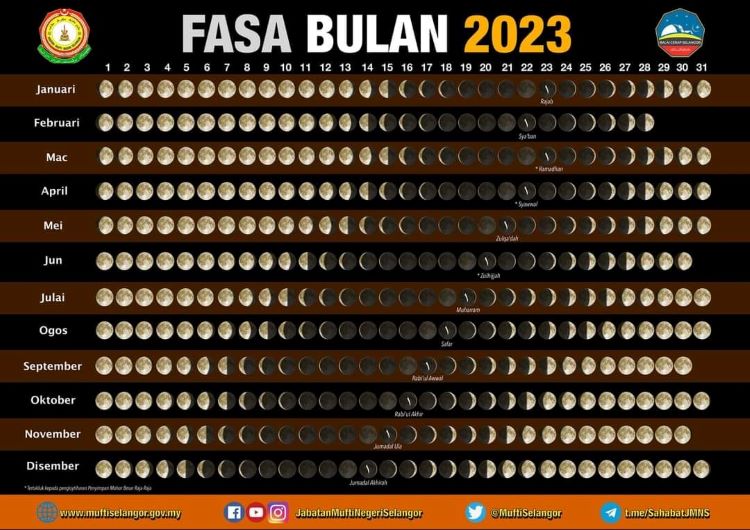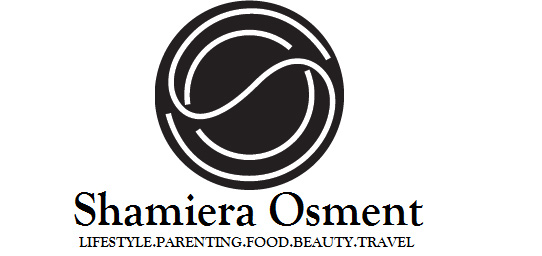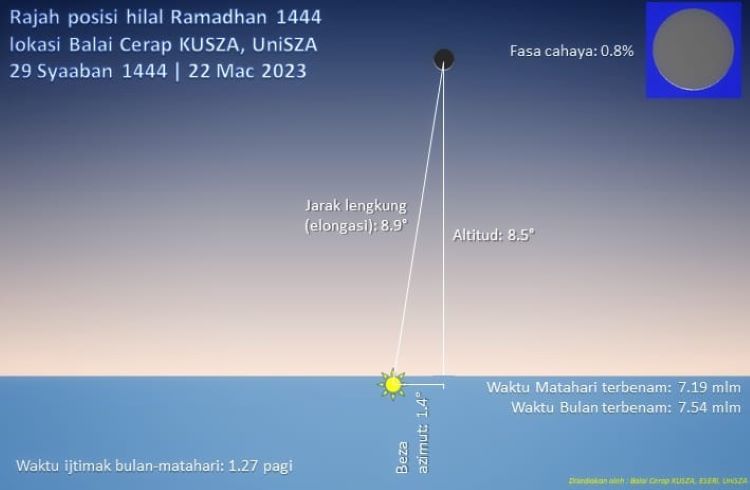NEW TECHNOLOGY OBSERVING THE SIGHT OF THE NEW MOON. | Observing the new moon is one of the methods to ensure the start date of fasting and Eid for Muslims in this country. The new moon can be seen on the day of rukyah (visibility) which is set every 29 days of the hijrah month when the sun has not yet set.
The first sighting of the new moon to determine the start of the nationwide fast on October 7, 1972 at the same time as Syaaban 29 1392 in Teluk Kemang, Port Dickson, Negeri Sembilan. From that moment, the declaration of the beginning of Ramadan, Hari Raya Aidilfitri and Aidiladha was made by the Keeper of the Great Seal of the Kings through radio and television after the approval of His Majesty the Yang di-Pertuan Agong and His Royal Highnesses.
However, there is no clear record of when the first sighting of the crescent (crescent moon) occurred in Selangor. It is believed that the first observation in this state was to determine the beginning of the month of Ramadan in the early 1970s to implement the instructions of the Office of the Keeper of the Great Seal of the Kings in Baitulhilal Bukit Malawati using theodolite equipment belonging to the Department of Survey and Mapping of the State of Malaysia.
CHOICE LOCATION OBSERVING THE NEW MOON
The initial locations for moon sighting activities in Selangor include Baitulhilal Bukit Malawati, Kuala Selangor, Pulau Angsa Kuala Selangor and Baitulhilal Bukit Jugra Kuala Langat. Most of the original locations only cover high ground areas, the horizon facing the sea, that is, there are no obstacles to the view of the horizon and facing the direction of the west wind, and there are no special buildings.
Selangor made history when the Selangor Observatory was built in Sabak Bernam as a new astronomy research center. This center functions as a center for the development of astronomy and astronomy, including observations that are carried out every month. The observatory was officially built in 2009 and fully operational in 2010 and was inaugurated by His Majesty the Sultan of Selangor in 2012.
The number of observation points in Selangor is large as a requirement to obtain crescent observation data at different horizon locations covering the north, middle and south of Selangor. In addition, because of its strategic position facing the western horizon. It is a place where the sun and the moon set and there is no obstruction to the view of the observation horizon and the lack of light pollution. So far, Selangor has no plans to add new locations.
OBSERVATION PROCESS OF THE NEW MOON
Among the fundamentals of the implementation of the early observation of Ramadan and Syawal from the perspective of syarak, it refers to the guidance that Allah SWT and the great master Prophet Muhammad explained to us, namely the Quran and Sunnah. This insight process is a fard kifayah obligation that must be done by the government and has been done continuously until now. Not only sighting of the crescent of Ramadan and Syawal but involving all the other months of hijrah. Currently, there are three locations for observing the crescent moon in Selangor, namely Baitulhilal Bukit in Malawati, Baitulhilal Bukit Jugra and Selangor Observatory.
The process of observing the crescent moon is done together with the Department of Survey and Mapping in the State of Selangor. This observation uses a number of equipment including theodolite, telescope and binoculars. It is uniform equipment used in all states in Malaysia. The total cost of equipment for the crescent observation process is around RM10,000 to RM50,000. However, the equipment facilities at the Selangor Observatory are more sophisticated in tracking the crescent moon which is located in an observation dome.
The date, location and time of this crescent sighting is determined by the Office of the Keeper of the Great Seal of the Kings. However, the publication of one crescent sighting spot in Selangor was made after the approval of the Selangor Islamic Religious Council. It is also with the consent of the Sultan of Selangor and certified as valid by the Office of the Keeper of the Great Seal of the Kings.
 |
| Photo credit: Selangor Observatory FB |
MOON OBSERVATORY TELESCOPE
There is a new method in the crescent sighting process which is the use of a telescope connected to a 'Charge Couple Device' (CCD) camera which is more sensitive in detecting the crescent light. Also the use of radio telescopes that can accurately determine the position of the crescent through radio waves compared to current methods based on visual concepts.
The use of CCDs and radio telescopes may not be visible to the naked eye but their existence can be proven. However, every observation technique needs to be verified for its applicability according to Sharia and proven to be visible.
Seeing the moon is fard kifayah. It is necessary for one party to be responsible for seeing the crescent moon on the day of Rukyah to determine its appearance or non-appearance on that day. Although hisab falak can calculate the position of the crescent moon accurately, but the shari'ak stipulates observation must be done. Rukayah with eyes is qatie compared to counting that is zanni.
Qatie means unquestionably accurate while zanni means supposition or conjecture
In Malaysia, the method to determine the beginning of the month of hijrah when observing the new moon is the Imkanur (position) Rukyah method. This method includes a combination of both methods, namely rukyah and hisab. Through Imkanur Rukyah, the crescent moon is considered visible when the following conditions are met. That is, when the sun sets, the height of the moon is not less than three degrees and the distance between the moon and the sun is not less than 6.4 degrees.
If the criteria are met when the observation day is 29 days of the Hijrah month, then the next day is counted as 1 day of the Hijrah month. If the conditions are not met, then the next day is counted as the 30th day of the month of Hijrah. However, for the months of Ramadan, Syawal and Zulhijjah are still subject to the declaration of the Keeper of the Great Seal of the Kings.
Read this story in Malay Version HERE
Salam Ramadan Everyone!


.png)



Thank you for dropping by. All comments are fully your responsibility.
Any comments are subjected to the Act 588 MCMC 1988. Comment wisely, and do it with open heart!
Happy Blogging.
For any inquiries, email : shamiera_osment@yahoo.com